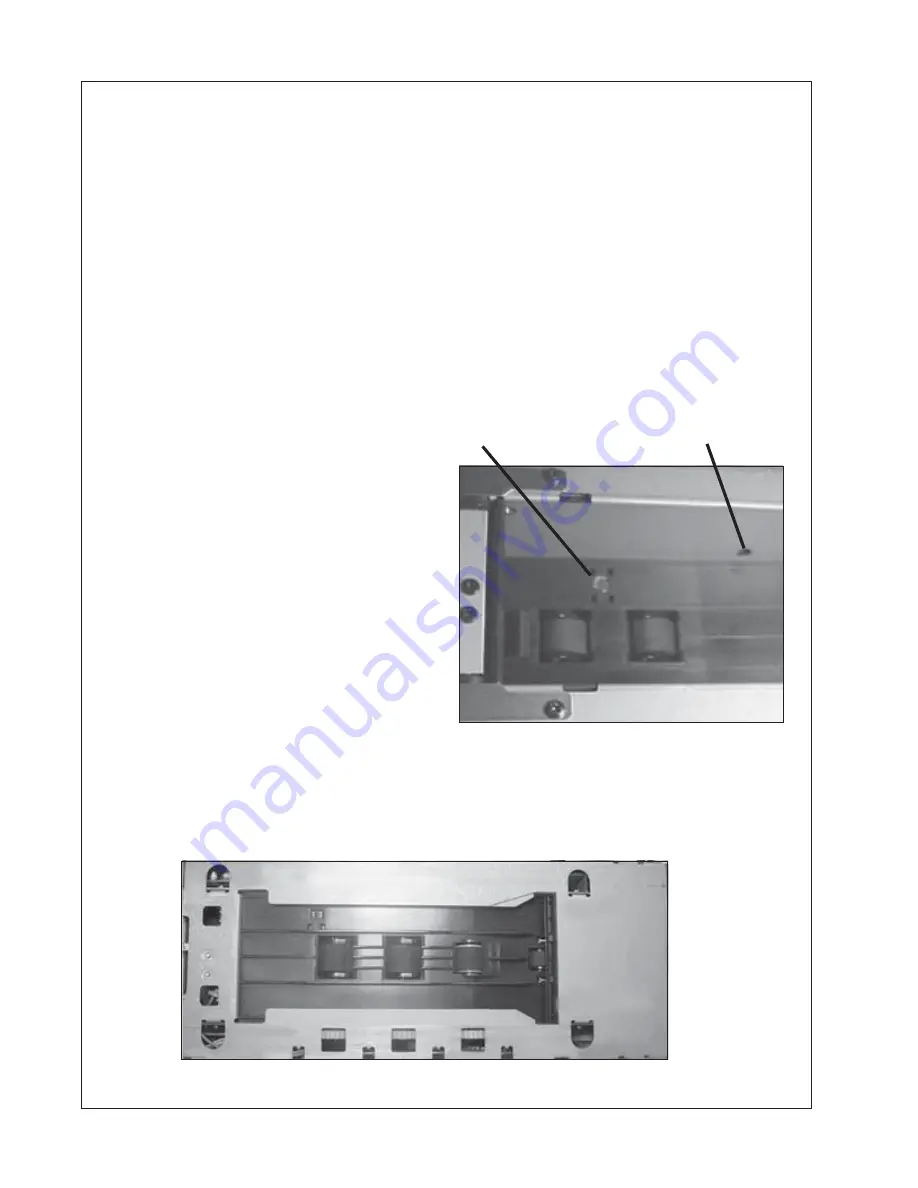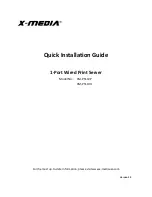
When the printer receives a message from the host, it moves a single piece of paper from the
hopper into the printer and prints the barcode information. The piece of paper is moved into
another section where it is read to confirm accuracy. If there is an error condition, it moves
the paper to the reject area, informs the host there was a problem, and waits further
instructions.
If the printer detects more than a single piece of paper, it moves the paper to the reject area
and attempts to re-print the ticket.
When the printer prints a single piece of paper and reads accurate barcode information, it
releases the paper.
There are two sensors in the hopper section.
One sensor informs the host that the supply of
paper is low, and the other sensor informs the
host when the hopper is empty. There are
other sensors along the path the paper takes
that detect double papers and positioning.
If there is a paper jam, the printer sends a
message to the host and the host signals a
paper jam. The only time a service technician
becomes involves with the printer is when
there is a paper jam, where there is a software
update, and when the printer needs more paper (see “Loading Paper”).
Whenever the printer requires service, it is recommended that the reject area be cleared. To
do this disconnect the ribbon cable from the computer, remove the printer from the frame,
turn it over and remove the tickets.
Troubleshooting
Out of paper sensor
Paper low sensor
Reject area
14
Summary of Contents for TSP-01
Page 20: ...System Logic Diagram 18 ...
Page 21: ...System Logic Diagram Cont 19 ...











































